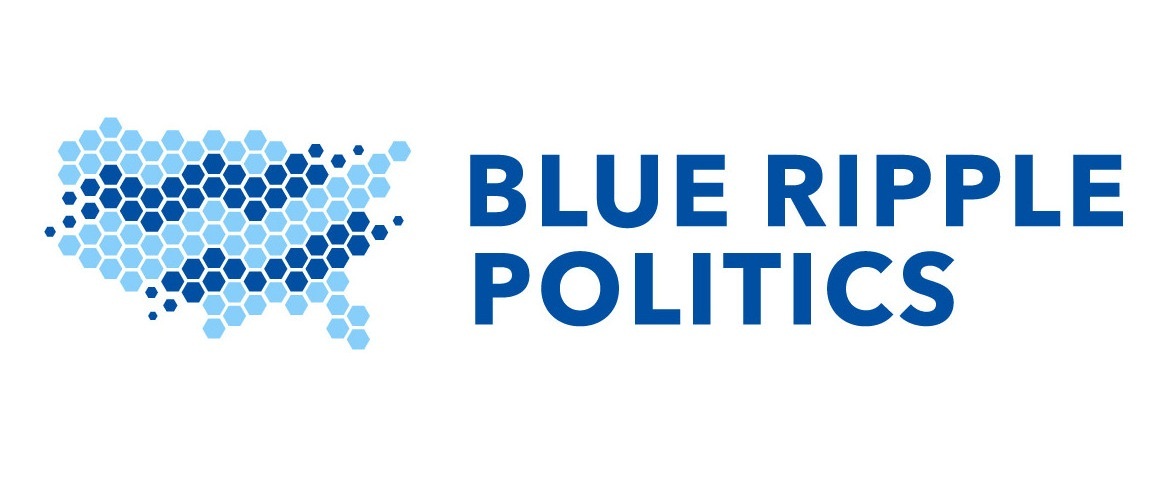All politics is local — and GOTV efforts are no different. In our new research post, now on Github, we try to figure out how Dems should tailor GOTV strategies in particular states for maximum impact:
If we want to mobilize likely Democratic voters, on whom should we focus? Is that answer the same in every state or district? There is a tendency to imagine that the voting preferences of a demographic group are the same everywhere. That, for example, young voters in Texas are the same as young voters in Michigan. But looking only at national averages obscures lots of interesting regional variation. That regional variation matters, since house and senate campaigns contend for voters in specific places and, as long as the path to the presidency goes through the electoral college, the presidential race also has a strong geographic component.
In our prior research posts, we described our computational modeling work to calculate (infer) different demographic groups’ preferences from known data. Our latest work uses a very cool resource called the Cooperative Congressional Election Study (CCES), which surveys ~60,000 people every election cycle, and provides geographic and demographic information. This allows us to do state-specific modeling of the preferences of specific subgroups.
We’re particularly interested in college-educated voters — inspired in large part by our new friend, election forecaster extraordinaire Rachel Bitecofer, who’s written about this group’s importance (e.g., here). Using our model, we calculated how many new net Dem votes we’d get in each state by getting one more college-educated voter to show up and cast a ballot. (If these voters split 50/50 for Dems and Republicans, then the net gain for Dems would be zero. If they tilt 60/40 toward Dems, each incremental voter would yield 0.2 net additional Dem votes. You get the picture.)
The bottom line is that there’s no one-size-fits-all strategy — as you can see by looking at this figure, focusing on the preferences of college-educated voters in battlegrounds and other high-interest states in 2016, split by age and sex:
There’s lots more data, and a discussion of what this may mean for Dems in 2020, in the full post on GitHub — click here to read the whole thing. And for our fellow “data geeks,”, check out our Github page.
Want to read more from Blue Ripple? Visit our website, sign up for email updates, and follow us on Twitter and Facebook. Folks interested in our data and modeling efforts should also check out our Github page.


